Archaeology is Rubbish….
Published: 27 September 2022
Archaeology really is rubbish. It is the study of the things which people have left behind – and usually that is the things which people have discarded. Maybe not always literally though, because archaeology frequently includes looking at the ruins of buildings which have gone out of use. It also includes looking at objects which were lost accidentally, rather than thrown away, or – in the case of the St Ninian’s Isle treasure – objects which were deliberately hidden but then never retrieved.
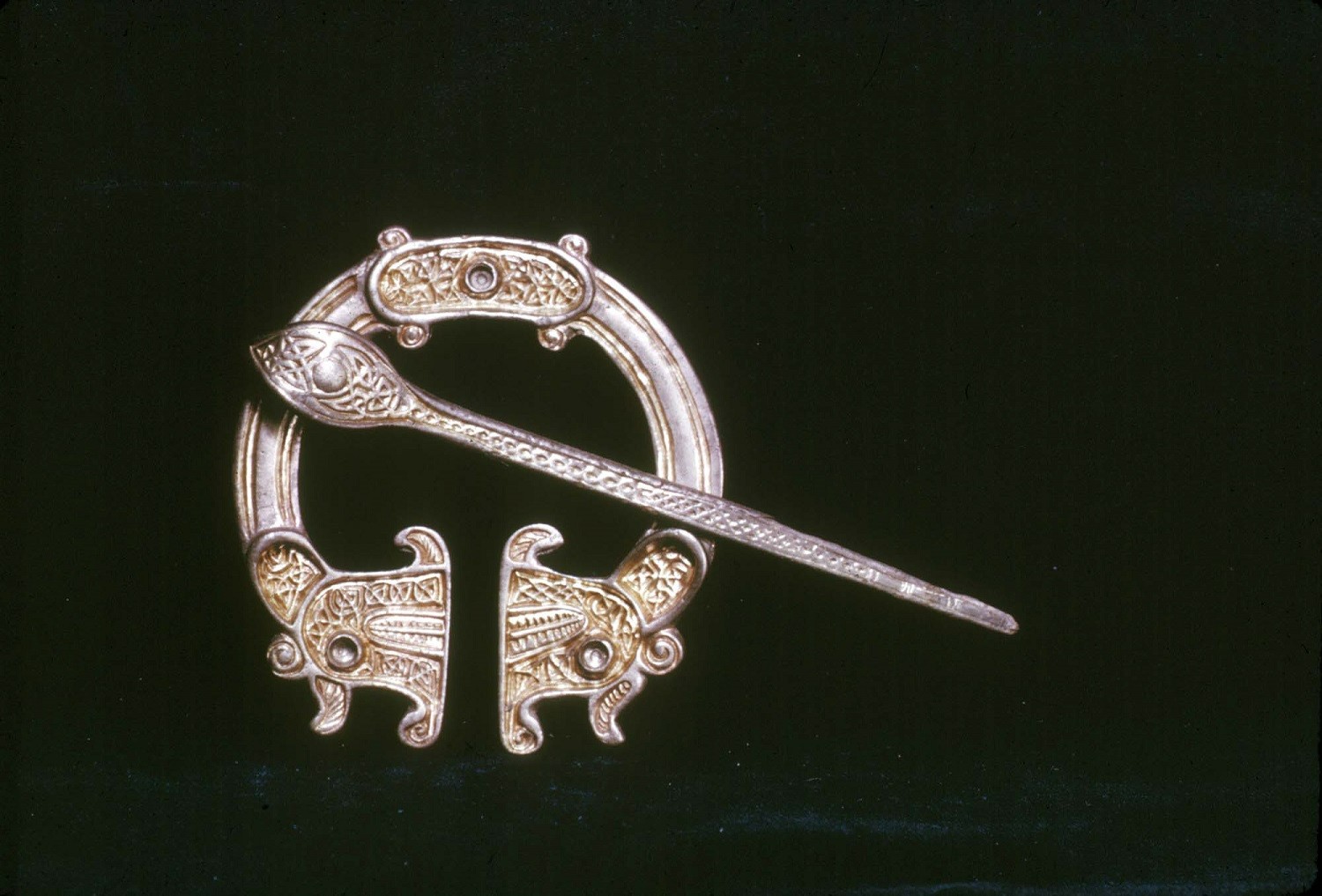
However, a midden – or rubbish heap – is an archaeologists delight. It is here that we find broken pottery or other broken household objects, which tell us a lot about the place they came from. They might even have deposits such as burnt food stuck on them or chemical remains which has seeped into the fabric – which can be tested to find out what the pot was used for.
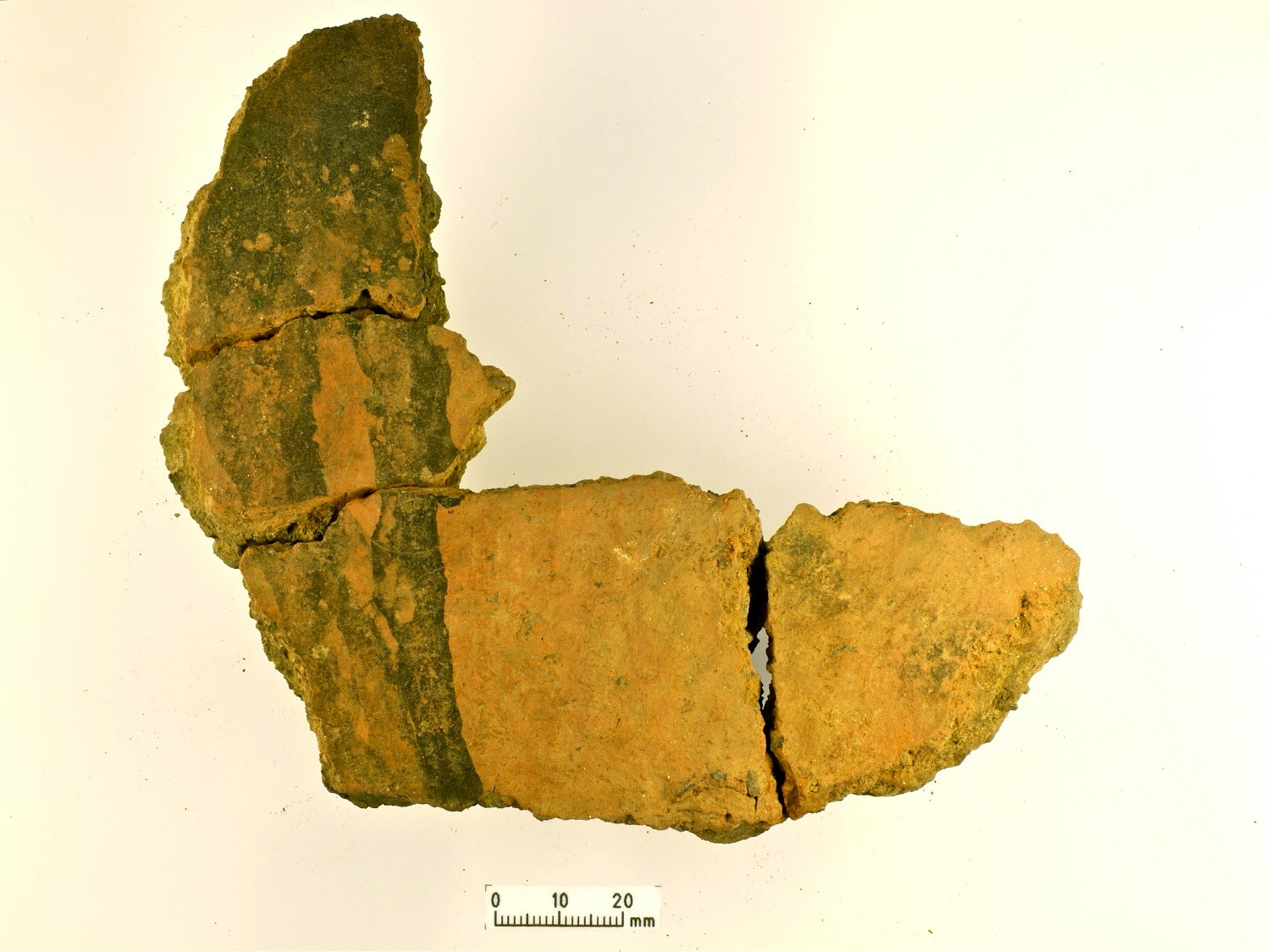
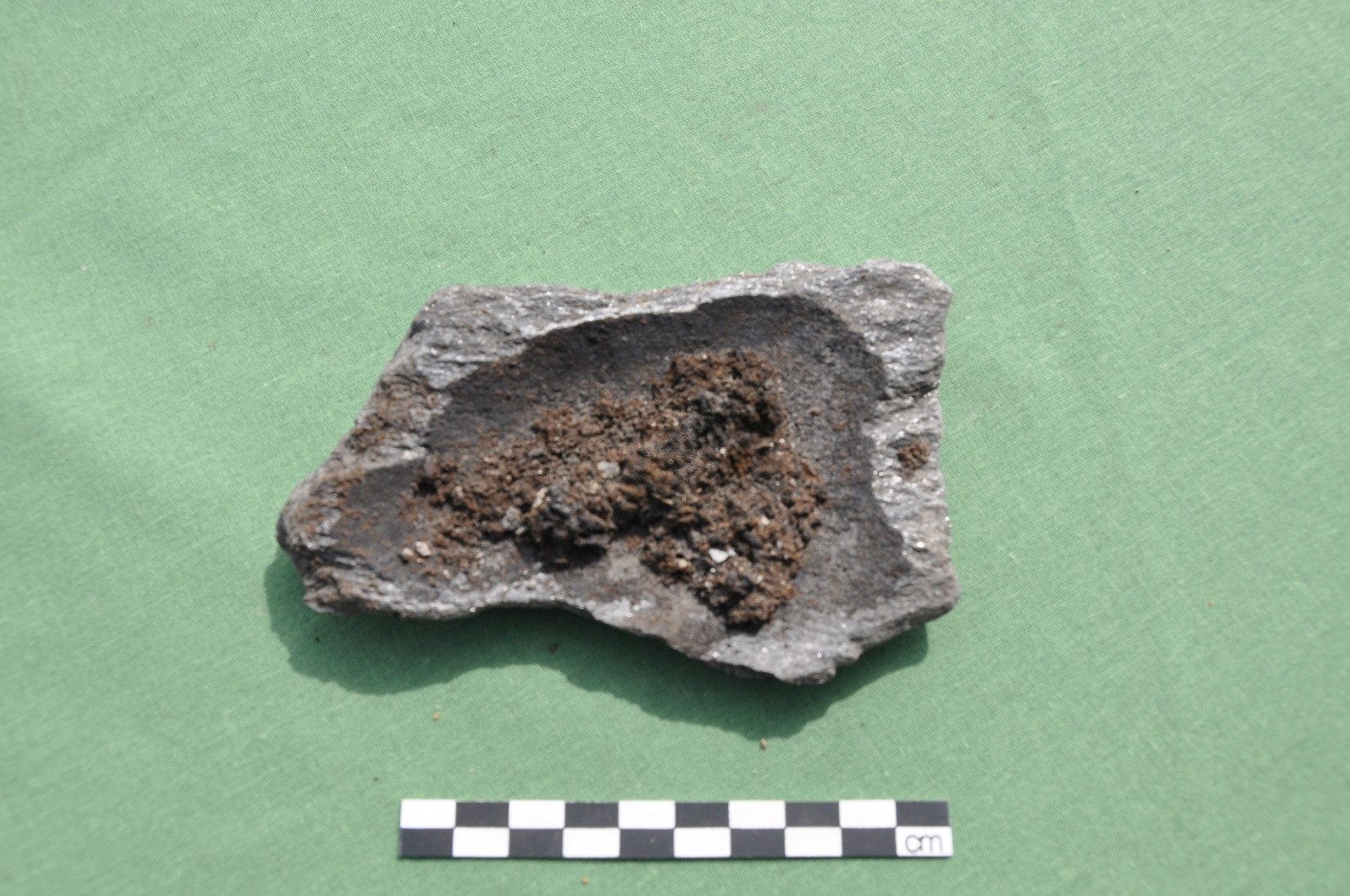
Discarded animal bones tell the story of the people who ate them. Archaeologists can get a good idea which were eaten when the bones have knife marks or even butchers marks on them, A good example of this was a cow bone found in the ditch at Old Scatness. The Iron Age people who lived there were definitely feasting on cattle. Insects give us clues about what the environment was like – certain snails and beetles live in particular places, such as grasslands. The list of possibilities is endless – as long as the conditions are right.
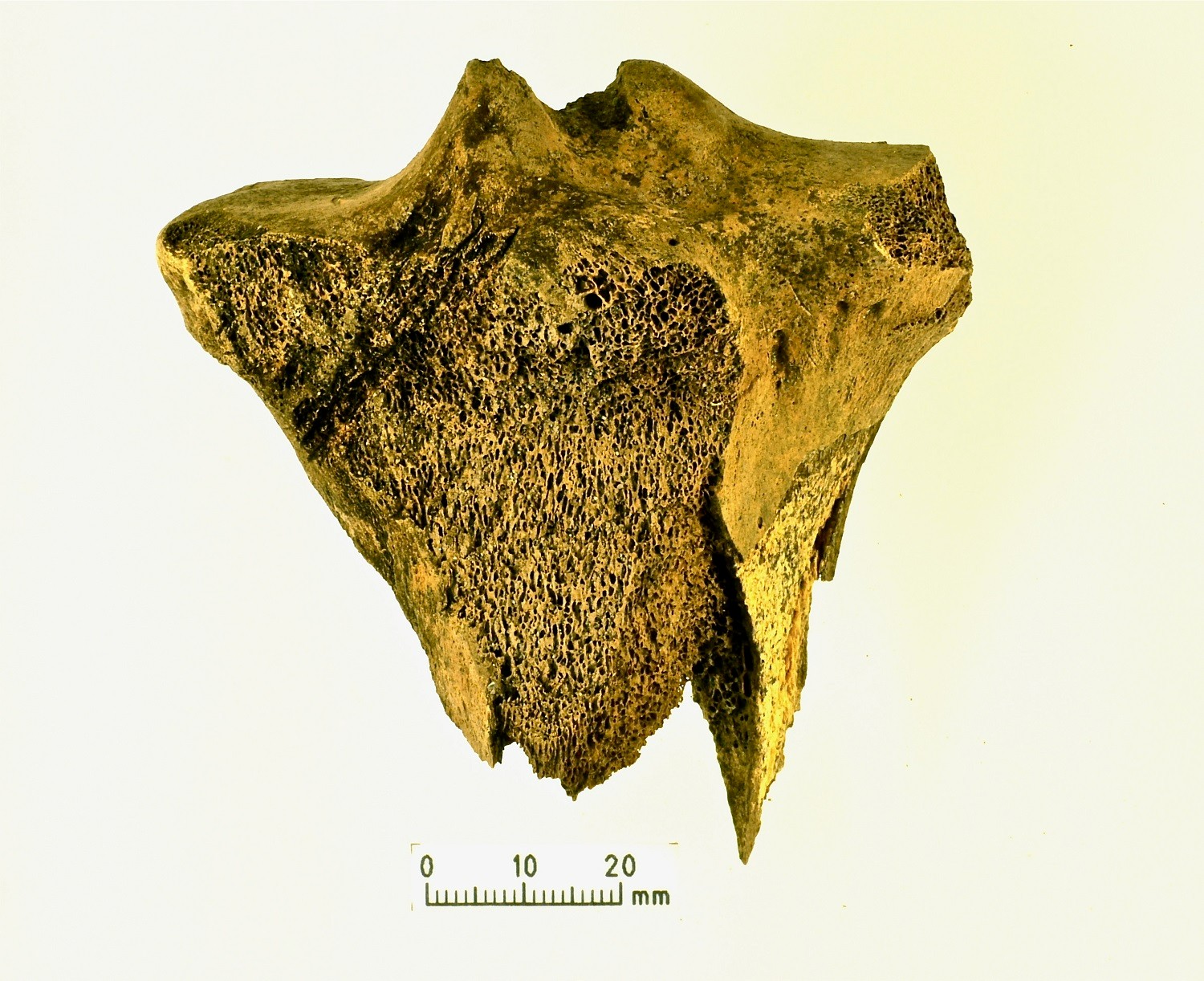
Apart from plastic and stone, pretty much everything we have biodegrades in the right conditions. The consequence is that the survival of any type of evidence is very dependent on how or what they were buried in. Archaeologists retrieved a lot of bone from Old Scatness – fish, bird and animal. However, less than half a mile away, a site was excavated when Sumburgh Runway was extended. Virtually no bone was found there, which shows how conditions can be very localised. In the same way, some conditions are good for preserving metals, such as the sand at St Ninian’s Isle. By way of contrast, the Viking longhouses excavated in Unst had very little by way of metal surviving. And yet we could see blade marks in a lamp made of soapstone which is proof that the people there were using metal knives. What archaeologists find helps us to build up a picture of how people lived, but it will always be slightly skewed, because we can never be certain about how much or what has disappeared.
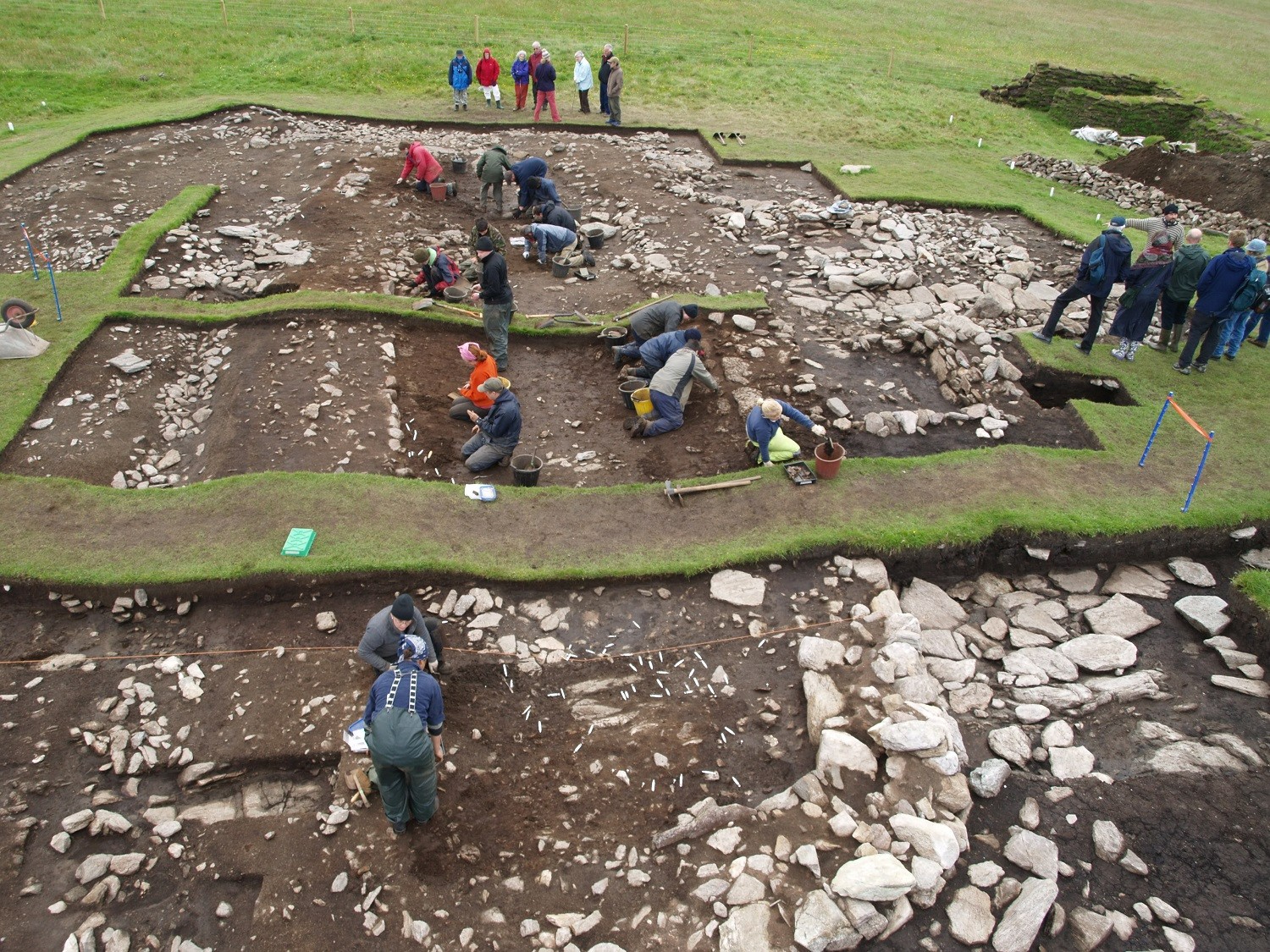
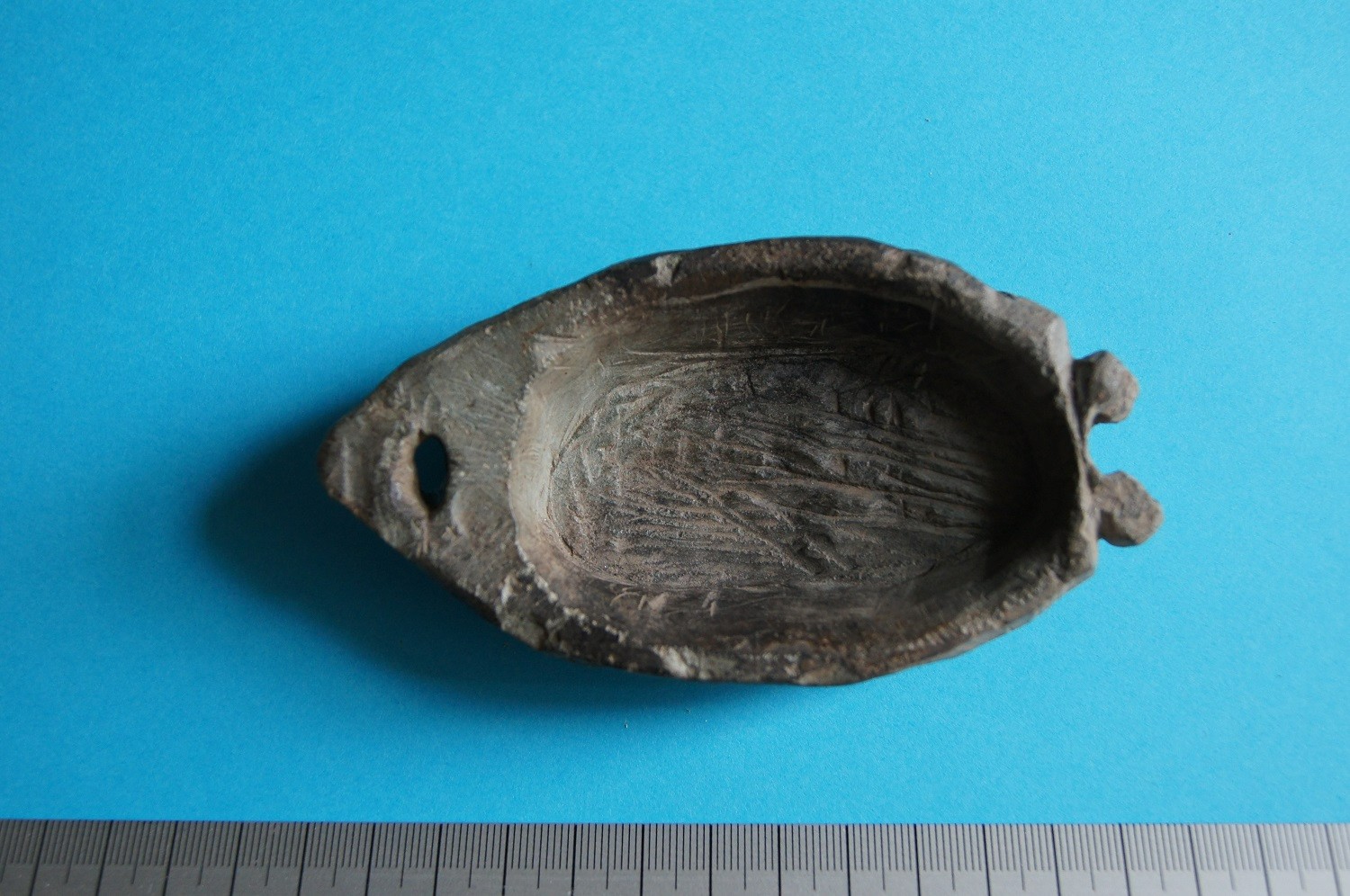
So how old does something have to be before it becomes “archaeology”? Well, actually there is no real cut off. Archaeology includes everything that isn’t part of the present pattern of landuse. That means it isn’t confined to things from the ancient past. Archaeology includes crofting remains and old farm machinery, and it certainly includes remains from the First and Second World Wars, and even from the Cold War – although some of those remains are now being reinstated or taken back into use. However, it doesn’t mean that everything is equally important and needs to be saved. That is why Shetland Islands Council’s planning department use the services of a Regional Archaeologist – someone who is able to make those judgements and advise them on the appropriate action to take when someone wishes to build something which impacts on remains from the past.
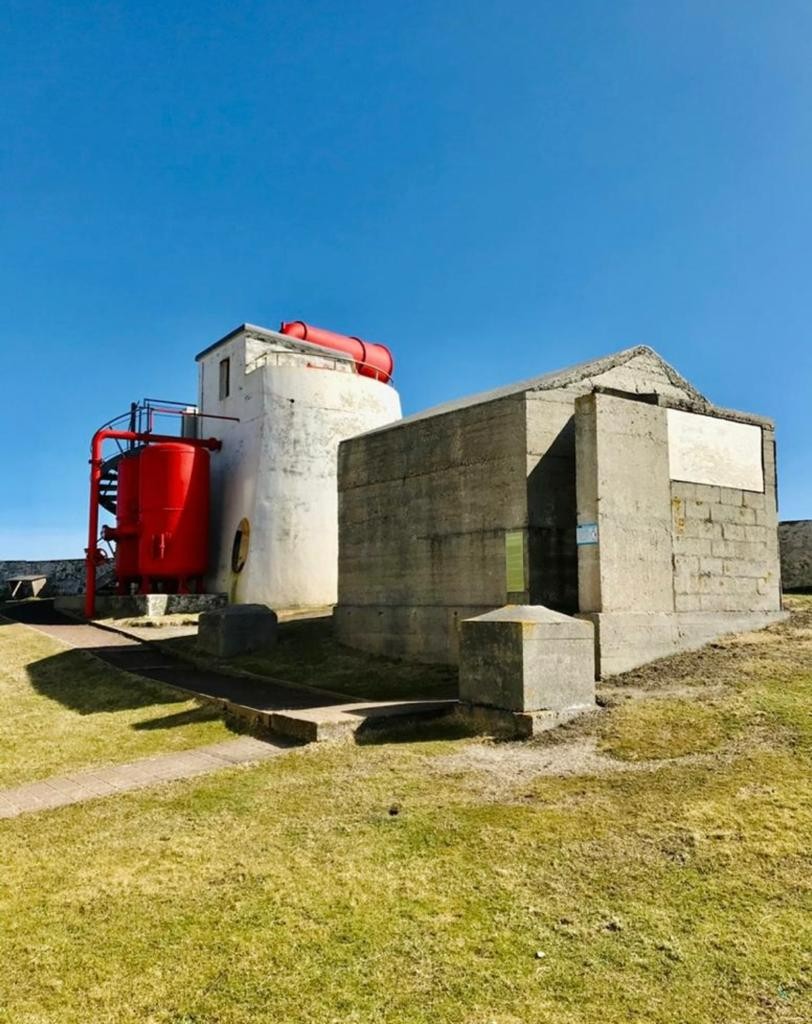
Shetland’s archaeology doesn’t just help us to find out about past people, it also helps us to understand where we have come from and to make judgements about our future. Perhaps it’s worth taking a moment to consider what we will leave from our lives for future archaeologists to find – and what will they think about us?
Val Turner, Regional Archaeologist

